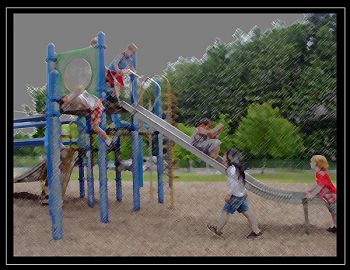This was an unpublished entry that had been lurking with the other drafts.
A couple of years ago, when I was working with autistic children, I learned the versatility of using “head” as part of a compound word. The children were absolute masters. A small selection:
- poo-poo head
- Barbara head
- shoe head
- chair head
- silly head
- birthday head
- sugar head
- bye head
- pizza head
- straw head
- puckle head (no idea what that is)
- five minutes head

 Imagine a child — we’ll call him Samuel — is sitting in a blue chair at a table, working on an art project in his free time. Another child — we’ll call her Jen — is getting ready to do her math work with me. She starts heading over to the table where all the materials are laid out: the worksheet for answers, the manipulatives (in this case, plastic blocks) to help with counting, and a few horses because, well, Jen just likes horses.
Imagine a child — we’ll call him Samuel — is sitting in a blue chair at a table, working on an art project in his free time. Another child — we’ll call her Jen — is getting ready to do her math work with me. She starts heading over to the table where all the materials are laid out: the worksheet for answers, the manipulatives (in this case, plastic blocks) to help with counting, and a few horses because, well, Jen just likes horses.